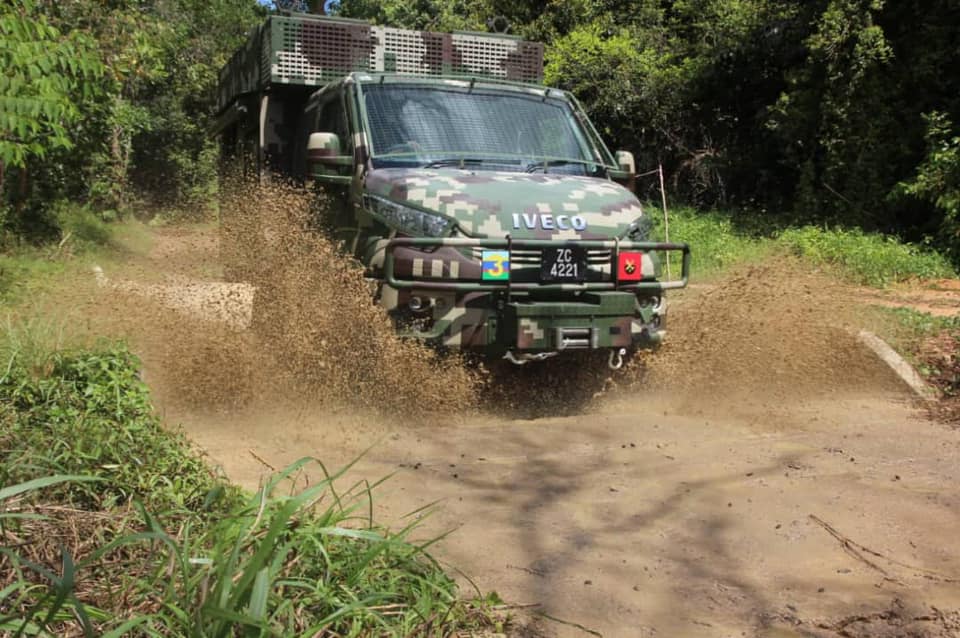
SHAH ALAM: Rare Army vehicle spotted in the wild. A rare and likely new Army vehicle, an Iveco Daily truck/van, has been spotted in the wild, courtesy of Berita Tentera Darat Malaysia. As usual however there was not much information about the vehicle apart that its called the Iveco Daily MCRS in the service.
I am guessing from the MCRS acronym that it is a communication vehicle of some sort, moreover the truck belonged to the Third Division Signals Regiment (Rejimen Semboyan Divisyen Ketiga Infantri (3 RSD). MCRS is actually Multi Channel Radio System (MCRS)
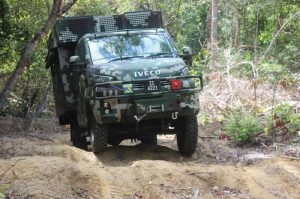
the Iveco Daily MCRS going through the off-road circuit. BTDM
Based on the ZC plate number, I am also guessing that the truck has been in service within the last five years or even less to supplement or replaced the Fitted For Radio (FFR) Land Rovers and Weststar GK-M1 vehicles. Civilian Iveco Daily has a a gross weight of three tonnes so the MCRS could haul more comms gear compared to the other FFR vehicles which have a gross weight of one tonne only.
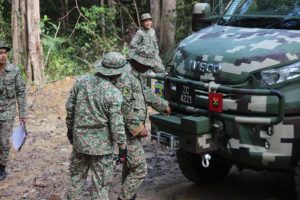
Crew of the Iveco Daily MCRS preparing to use the winch. BTDM
As there was no contract announced for the Iveco Daily, I am assuming that the vehicles were (I am assuming that the Army bought more than one MCRS) purchased around 2014 to 2017. The vehicle was spotted when personnel from 3 RSD were put through the off-road competency circuit at the Terendak camp in Malacca from 26 to 27 March.
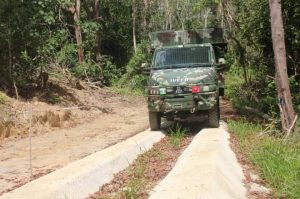
The Iveco Daily MCRS traversing a simulated log bridge at the off road cirrcuit. BTDM
The Army previously had no permanent off-road circuit to train its drivers of its unarmoured – Class B vehicles- during and after undergoing the vehicle driving course, normally held at Taiping.
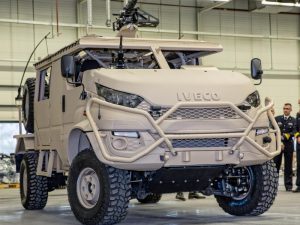
Dutch military Iveco Daily Ananconda, a soup up militarised variant of the Daily.
From BTDM.
LATIHAN KOMPETENSI PEMANDUAN KJB TINGKAT PENGETAHUAN WARGA 3 RSD
MELAKA: Seramai tiga pegawai dan 18 anggota Lain-Lain Pangkat (LLP) dari Rejimen Semboyan Divisyen Ketiga Infantri (3 RSD) terlibat dengan Latihan Kompetensi Pemanduan Kenderaan Jenis Bravo (KJB) di Litar Terendak Off-Road Competency Circuit (TOCC) bermula 26 hingga 27 Mac 2021.
Latihan dimulakan dengan taklimat latihan, keselamatan, teknikal kenderaan serta penerangan penggunaan Litar TOCC telah disampaikan oleh Ketua Skuadron Bantuan 3 RSD dimana latihan kali ini melibatkan empat jenis kenderaan iaitu, Trak 3/4 Tan L/R FRR (PUMA), Iveco Daily MCRS, Trak tiga Tan Hicom Handalan dan Trak lima Tan Prime Mover.
Selain itu, Pegawai Gerakan Peperangan Informasi 3 RSD menyampaikan taklimat awal di mana beliau telah menekankan bahawa latihan sebegini amat diperlukan bagi menguji kemahiran anggota tred pemandu semasa pengendalian Kenderaan Jenis B di dalam situasi off road.
Bagi memastikan kemahiran anggota pemandu diuji, beberapa halangan diwujudkan sepanjang track off road tersebut bagi menguji kecekapan anggota dalam menghadapi situasi dan keadaan jalan yang berbeza semasa pemanduan.
Konsep latihan dilaksanakan secara teori dan praktikal di litar yang mempunyai 11 halangan merangkumi peringkat halangan ringan, sederhana dan mencabar seperti halangan berlumpur (4WD/Towing), Uneven dan Undulating Ground, Titi Kayu, Mendaki Bukit (winching) dan Lereng Bukit untuk melatih anggota bagi memahami sistem, komponen, operasi kenderaan dan teknik mengatasi halangan.
Pelaksanaan latihan ini adalah selaras dengan Tonggak Pertama Perintah Ulung PTD Ke-28 iaitu Penekanan Terhadap Penambahbaikan Profesionalisme Serta Profesiensi Taktikal dan Teknikal Melalui Keberkesanan Latihan Individu, Kolektif dan Joint serta Latihan Berterusan.
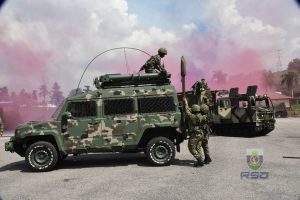
As with the picture above, the Dutch Army has some 46 Iveco Anaconda truck, a militarised version of the Daily. It is uparmoured and equipped with machine guns for various combat and utility roles.
— Malaysian Defence
If you like this post, buy me an espresso. Paypal Payment

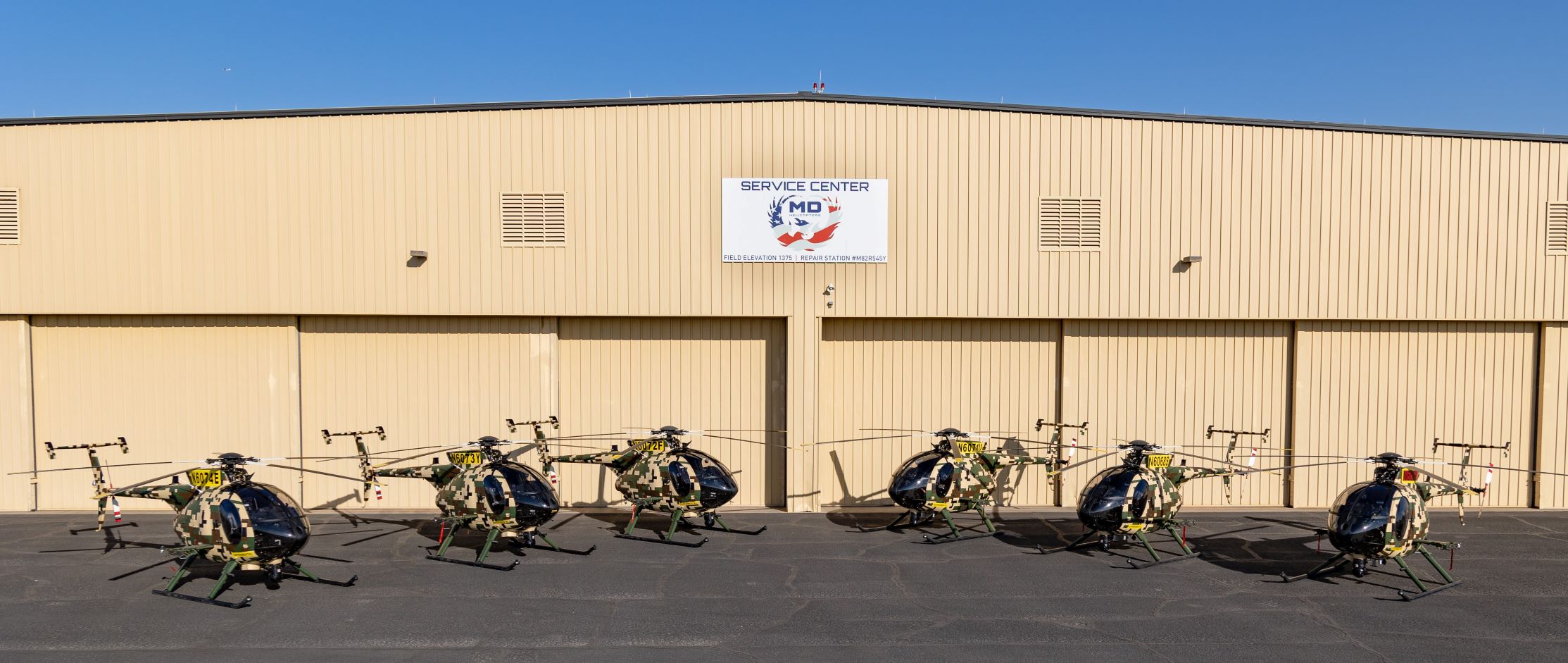
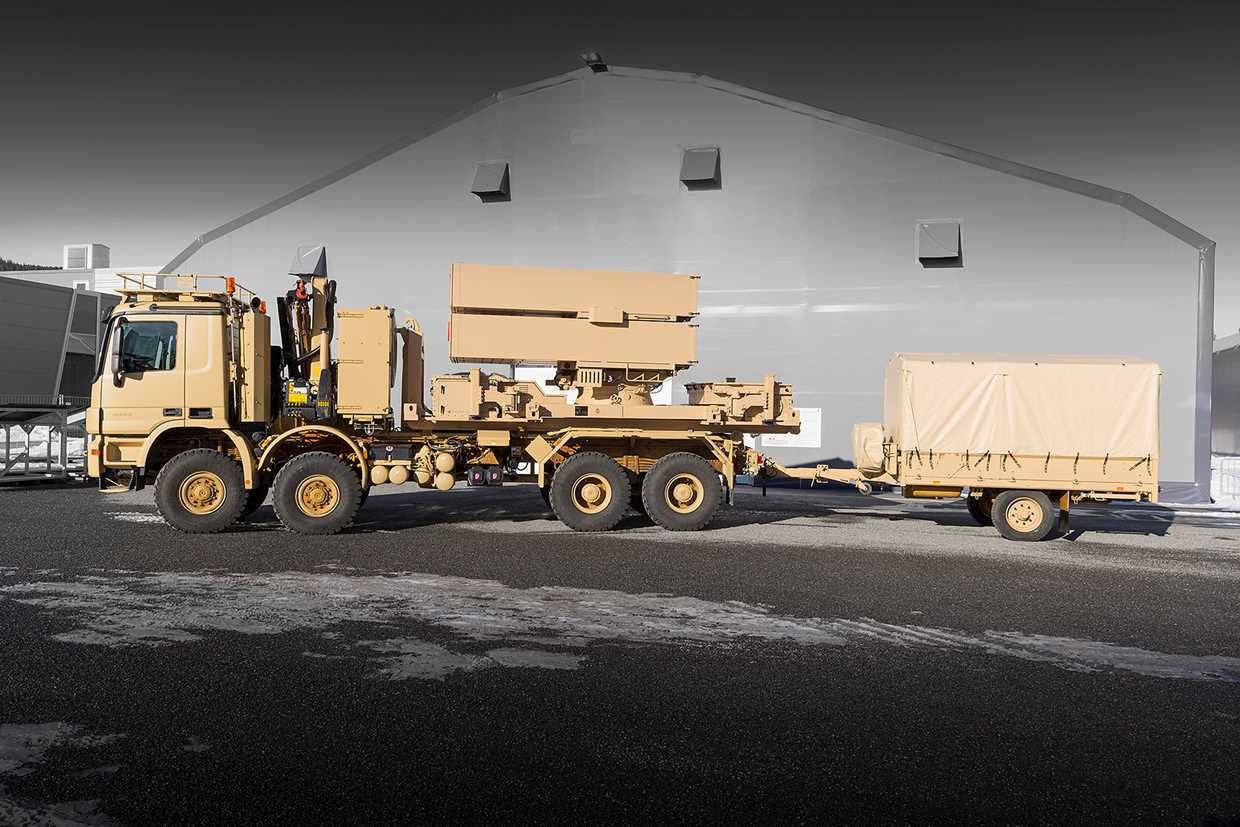
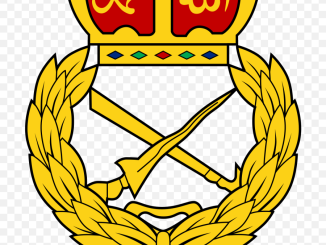
MCRS – multi channel radio system
the army has 22 of these
Firstly i dont understand why ATM uses a 1 ton vehicle to carry a radio system? Of all vehicle they could simply choose vehicle like this one or bigger,dont forget these pple will be working in a cramp n dirty enviroment plus all their belongings,try working in a cramp vehicle n you guys will get the idea….its not office enviroment but dirty,stuffy and cramp enviroment
Red Sot – “ts not office enviroment but dirty,stuffy and cramp enviroment”
It’s a divisional level asset which will operate in the operational depth ….. Also; not all of divisional level comms will be in a 1 tonne lorry. As for “belongings” it doesn’t necessarily have to be in the same vehicle; unlike say a IFV where everything’s cramped in.
There is also the EW vehicle using the same chassis and in some photos iveco daily GS version all in RSD and SSB formation… So there cud be more than 22 of them…
Wow i didnt know that,its alright if the FOB is in a tarmac or concrete area.But the usual most of the tropic countries will have to deal with muddy boots going everywhere,and it will be a luxury if our SBO,helmet n rifle will be in the tentage,and last minute movement out of the FOB is out of the question for ATM….WOW…i rhought the SAF is the only model army in S.E.A but so is ATM…
FB – “So there cud be more than 22 of them”
Unless I’m very mistaken: ‘blogiwr gwirion’ was referring to ‘multi channel radios” and you’re referring to the vehicle – two different things.
Personally i find it hard to believe the army only has 22 ‘multi channel radios’. It may only have 22 mounted on Ivecos; the rest on other things. Some may not even be ‘mounted’ per se on anything but carried.
Does our signal corp train in under heavy EW threat scenarios or where EW attacks coming in multiple directions (signal jamming, spoofing, snooping, physical targeting, etc)?
Reply
No idea, really.
Red Sot,
Deal with the issue at hand instead of going off tangent and indulging in unnecessary sarcasm which anyone from any age level with a keyboard can do.
You spoke of the vehicle not being suited due to various factors; including being too cramped for “belongings” and being ill suited for the physical environment.
Again; since you didn’t get it the first time; it is a divisional level asset which deploys in the operational depth. It’s operators – unlike in a IFV – do not have to have all their “belongings” in the vehicle and will not necessarily have “muddy boots” for the simple reason that unlike infantrymen; to do their job they’ll be confined to the vehicle.
Also; even if they had ‘muddy boots”: so what? How does it make this particular vehicle unsuitable?
Going by your line of logic/reasoning; are other support vehicles (bridge layers, ASTROS command vehicles, radar vehicles, etc, etc, also unsuitable?
Offtopic,
Seems we have a total 6 unit of Spexer 2000 radars instead of the reported 5, based on the recent maintenance tender.
Reply
May well be a typo as well
The Iveco is already spacious compared to the Long wheel base land rover currently in use
Lee,
True but it’ll still be cramped too 🙁
Every single inch of space will be utilised: it’s expected with military vehicles.
The ASTROS command and signals vehicles are cramped. In an Adnan when a section with all its gear is mounted; there’s practically zero space left for anything. I’m pretty sure that in the larger MANs on which the TRS-3Ds are mounted; it’s also a very tight fit with just enough space for the operators and nothing more.
Exactly,its some kind of bonus for those signalers,with ample space and headroom.and hopefully ATM start realising they should go big good example is the AV8,weapons carrier should be in 6×6 configuration etc etc….
I bet not many have experiences riding in 150 commando, or the landrover being the passangers….
Reply
I could be wrong but I think the Iveco Daily MCRS is a divisional and brigade asset only. Commanders will still use the one tonne FFR vehicles
Come to think of it the most popular vehicles we have are the 1 n 3 tonners. Its time for our armed forces to get somthing bigger for general transport. Less trucks but bigger capacity n faster turn around between sorties
Red Sot – “ATM start realising they should go big good example is the AV8,weapons carrier should be in 6×6 configuration etc etc”
To get certain mobility, protection and firepower levels; there is no choice but to go “big” …. Which is why wheeled IFVs have increased in size.
With support vehicles or ones such as signals and command; the idea is to have the needed space for what’s needed but for the vehicle not to be unnecessary large.
Red Sot – “I bet not many have experiences riding in 150 commando, or the landrover being the passangers…”
Maybe but I have experienced being in the very cramped passenger compartment of a former Iraqi army BMP-1 going off road. I also have gone in a joyride in a Warrior. To be expected – uncomfortable and cramped.
There is no getting around the fact that military vehicles (whether combat or non combat types) are a tight fit and uncomfortable. Crew/passenger comfort is a concern but is not an overriding factor. Even with much bigger (compared to Russian ones) Western MBTs there is just enough space for the crew and it’s a tight fit.
I went to one of the Army’s Open Day a few years back and they had a few armoured vehicles out on display. One of those were the Korean IFVs/APCs (?), and the rear doors were open to let the visitors see and sit inside.
I tried going in one, and at 178~179 cm I really had to bent to fit inside. Seats and space weren’t much either, I got nothing on me except a small backpack and camera, and that felt cramped already. It’s a wonder how those with a combat load would fit in here.
Reply
Very uncomfortably..
@RedSot
For army use, creature comforts takes a backseat to being as small, as compact and as least visible as possible. No point having a luxobarge only to be a big fat juicy target for the enemy. As long it fits the purpose, the army ain’t complaining, why should we?
Yes Sir,agree creature comfort takes the back seat.
So little wonder if,the injured men will be left behind because “sorry mate theres not enough space for the wounded.” The convoy have to leave the hot zone ” oh because we can only load this much of ammo in the vehicle.”
In a conflict zone nothing is enough…be it space for body bags…ammo to last for the next 48 hrs….i hope ATM learn their lesson from the US rangers in somalia.the army is not complaining why should we..? Because we are at home….lets put a bus kilang well hidden in a palm plantation you will definitely miss it….because it does not cross your mind that a bus kilang will be in the palm plantation……so is conflict zone…its best to be over prepared than bringing home many body bags…..
Reply
No lah no one will be left behind
@RedSot
You presume too much. The Armed Forces would have put in place plans for extracting the wounded, those alive and those dead post ops. It may not necessarily be via the same vehicles they rode into ops which in any case there’s always alternative plans.
48hrs? Why not 72hrs? Some of our jungles takes 3 days to trek into and 3 days out.
Just wondering, as some posters prefers small and nimble vehicles for the ATM,on the other side SAF is going big,they choose a new platform the mauraders ( belfex ) as a multi purpose vehicles..they are not afraid to go as big as a bus for their front line go anywhere to anything vehicle.
Maybe they learn something from their tour of duty with UN contingent that ATM dont.
Even the BMP has evolved and improve,from a low shilloutte vehicle which is good at central europe grass plain to the open sahara,they have become bigger in size and taller for more headroom…
JLTV is a new platform for US army…
All is about improvements and further upgrades….
@RedSot
US Armed Forces identified JLTV to replace Humvees as it is a much more survivable vehicle for not much more size, its not much bigger than the vehicle it replaces, otherwise USA wanted to go “big” it would have went for more MRAPs, Strykers, etc. However they also identified the need for light transport trucks such as Polaris Dagor. So your assertion that they are going “big” isn’t quite accurate.
The problem with going “bigger” is reducing mobility, speed, and easier detection. The reasons why US Marines are ditching their Abrams for lighter direct fire support vehicles. They are also looking for smaller, nimbler replacements for AAV7.
For certain things “small and nimble” is preferred; for other things it’s simply not possible.
With increased need for protection comes weight – no way around this. With the need for a certain internal volume and to mount certain things; comes size – no way around this.
We also have to bear in mind that increased weight and size are not prohibiting factors if adequate engineering support is available. There are numerous examples of MBTs and IFVs operating successfully in restricted terrain yet many are still under the mistaken belief that vehicles of a certain size/profile/weight can’t be operated here.
It also depends on the actual operational requirements of certain users; i.e. Rooikat is of a certain size because the SADF wanted a vehicle to operate over great distances over flat savannah terrain.
The BMP was of a certain size/weight because the Soviets if war started would have been on the offensive; many rivers/bridges to cross. The Soviets also adopted the ‘hit avoidance’ approach: smaller vehicles supposedly being harder to spot and hit.
The problem with Bakara Market is that Task Force Ranger simply did not have armoured vehicles. The first relief attempt using HUMVEES and 3 tonners got shot op badly. This is where we and the Pakistanis came in; although the Pakistani M-48s didn’t go all the way in.
It’s also important to note that we would have lost more Condors if it hasn’t been for support provided by U.S. troops in the ground: as well as accurate and sustained fire provided by U.S. Little Birds.
Small n nimble vehicle are normally meant for fast reaction force….example the FLYERS with assortments of firepower attached to the vehicles which belong to SAF our neighbouring country SINGAPORE which sadly not in the AFRICAN continent, is an expeditionary force,it requires them to go in take control of the contested zone,hold it for 24 hrs or more before the main body comes in ( infantry battlion )
Same goes for the US marines,which also uses light vehicles , dagor,light tank etc just to capture the objective hold on to it before the main body takes over.
SAF maurader ( belrex ) totally is a different beast then Roikat which is a tank hunter- killer.Mind you Sir Singapore is not a savanna terrain country.
We heard lots of version of what happened in Baraka Market….but what is IMPORTANT….lesson learned is…never underestimate your enemy,and thats SUNs art of war scripture.
The rangers Top brass are too corky estimating in few hours time they will capture Aidid.
To me personally nothing to do with the US rangers not having armoured vehicles but more like the reasons above…Same lesson we saw in vietnam war.( Need not eleborate ).
Red Sot – “er ( belrex ) totally is a different beast then Roikat which is a tank hunter- killer.Mind you Sir Singapore is not a savanna terrain country”
I’m pretty aware that Singapore is not ‘savannah country” but thank you anyway for the effort ….
My mention of Rooikat was to illustrate how it’s needs/doctrine which drive size/weight ..
Also; Rooikat is not a ‘tank killer” per se but a platform intended for long range armed recce and support … Similar to Centauro
Red Sot – “To me personally nothing to do with the US rangers not having armoured vehicles but more like the reasons above”
It’s an acknowledged fact (I can provide the published sources) that the the lack of armoured vehicles was a major factor in the inability to extract Task Force Ranger. As I mentored; a previous attempt made by HUMVEES and 3 tonners was shot up badly and this led to the request of Malaysian and Pakistani armour and also led to the later deployment of U.S. armour.
Red Sot – “Small n nimble vehicle are normally meant for fast reaction force”
They are driven by various operational needs ….. Whether CONOPs/doctrine or terrain. As an example; the Yanks went for Bradley because their doctrine calls for scout units to fight for info; the Brits went for the smaller Scoripon and Weasel driven by doctrinal factors. The Chinese want a air moveable medium tank because of the need to airdrop over Taiwan and deploy it to the Tibetan plateau where there
’s a very poor road network.
Red Sot – “…Same lesson we saw in vietnam war”
The discussion was on the use of armour not flawed decisions made at a political strategic level.
Red Sot – “expeditionary force,it requires them to go in take control of the contested”
It’s a “leading” or “advance” force …. not an expeditionary” one ….
Red Sot – “The rangers Top brass are too corky estimating in few hours time they will capture Aidid”
Incorrect … Note that previous attempts to capture Aideed’s top men went very well.
The disaster that night was not due to them being ‘cocky’ as you maintain but a host of reasons including flawed/late intel; coordination issues and the lack of armour to extract Task Force Ranger in the event things went wrong, a previous request for U.S. armour to be deployed to theatre was denied by Congress.
If you want to discuss further the reasons why the U.S. failure in Somalia was a failure we can but that’s a whole different topic. My mention of Somalia was centred on how pivotal the use of armour was in extracting Task Force Ranger; armour the Yanks didn’t have (hence calling us and the Pakistanis) but which they later received.